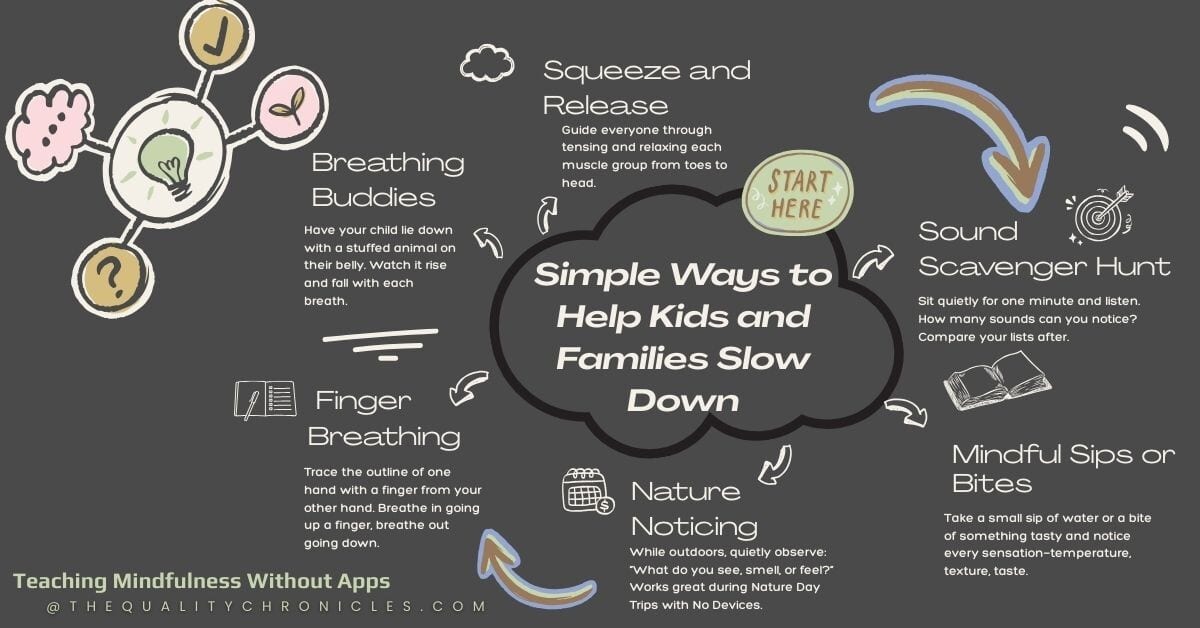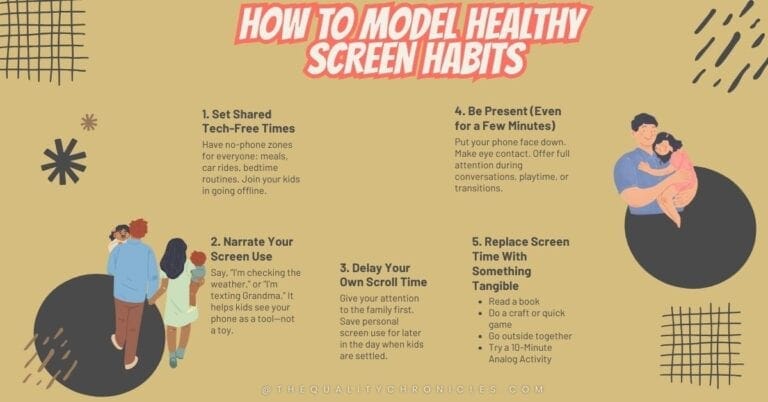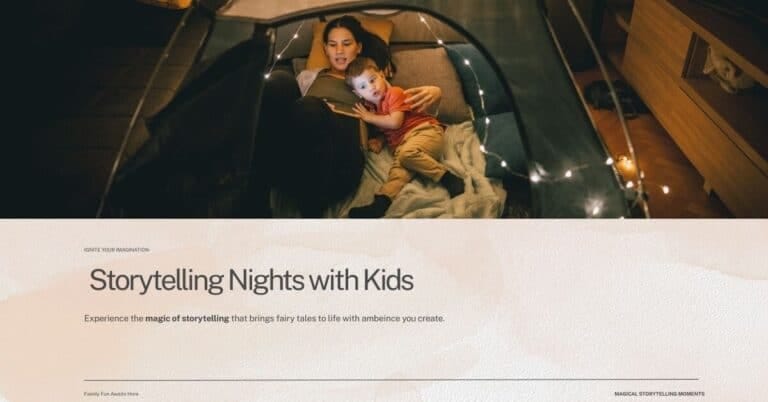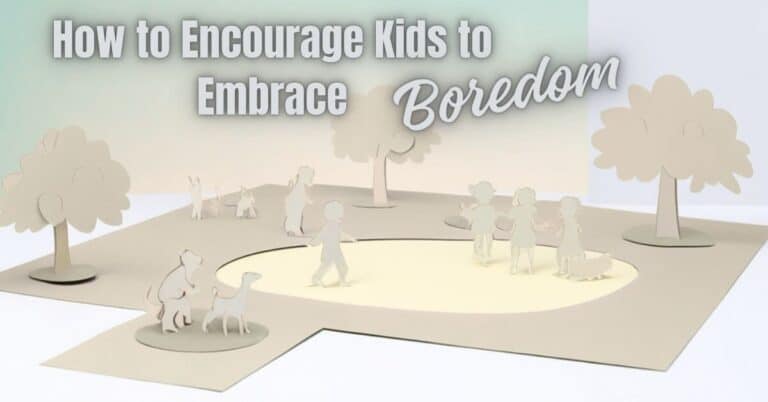Why Teach Mindfulness Without a Screen?
Mindfulness apps are everywhere; but mindfulness itself? It’s free, simple and often more meaningful when practiced together in real life.
Teaching mindfulness without apps allows kids (and adults) to connect inward—without depending on a voice from a device.
👉 Related Pillar Post: The Busy Family’s Guide to Screen-Free Living
Benefits of Mindfulness for Kids and Families
- Reduces stress and anxiety
- Builds emotional regulation skills
- Improves focus and attention
- Helps with sleep and calming down
- Encourages gratitude, awareness, and empathy
Simple Mindfulness Practices (No Screens Required)
🌬️ 1. Breathing Buddies
Have your child lie down with a stuffed animal on their belly. Watch it rise and fall with each breath.
🍋 2. Squeeze and Release
Guide everyone through tensing and relaxing each muscle group from toes to head.
👂 3. Sound Scavenger Hunt
Sit quietly for one minute and listen. How many sounds can you notice? Compare your lists after.
💧 4. Mindful Sips or Bites
Take a small sip of water or a bite of something tasty and notice every sensation—temperature, texture, taste.
🌿 5. Nature Noticing
While outdoors, quietly observe: “What do you see, smell, or feel?” Works great during Nature Day Trips with No Devices.
✋ 6. Finger Breathing
Trace the outline of one hand with a finger from your other hand. Breathe in going up a finger, breathe out going down.

Mindful Family Moments to Try
- Silent walks together
- Gratitude circles before bed
- One-minute “pause breaks” after school or work
- Drawing or journaling about emotions
Tips to Keep It Natural
- Keep it short—just 1–3 minutes is enough to start
- Don’t force quiet time; invite it playfully
- Model it yourself (kids notice what you do more than what you say)
- Be consistent over perfect at your own pace
Pair with:
FAQs: Teaching Mindfulness Without Apps
Do I need to be “good” at mindfulness to teach it?
Nope. Just show up, stay curious, and practice together. It’s about presence, not perfection.
What if my child is restless?
Try movement-based mindfulness (like walking or squeeze-and-release). Let them choose which activity to try.
Is this just a trend?
Not at all. Mindfulness is backed by decades of research and centuries of practice. Teaching it without screens keeps it grounded.
Final Thought
You don’t need an app to be present. You just need a breath, a pause, and a moment to connect.
Teaching mindfulness without apps helps families slow down, tune in, and create lasting calm—together.
Start with one breath. See where it takes you.


